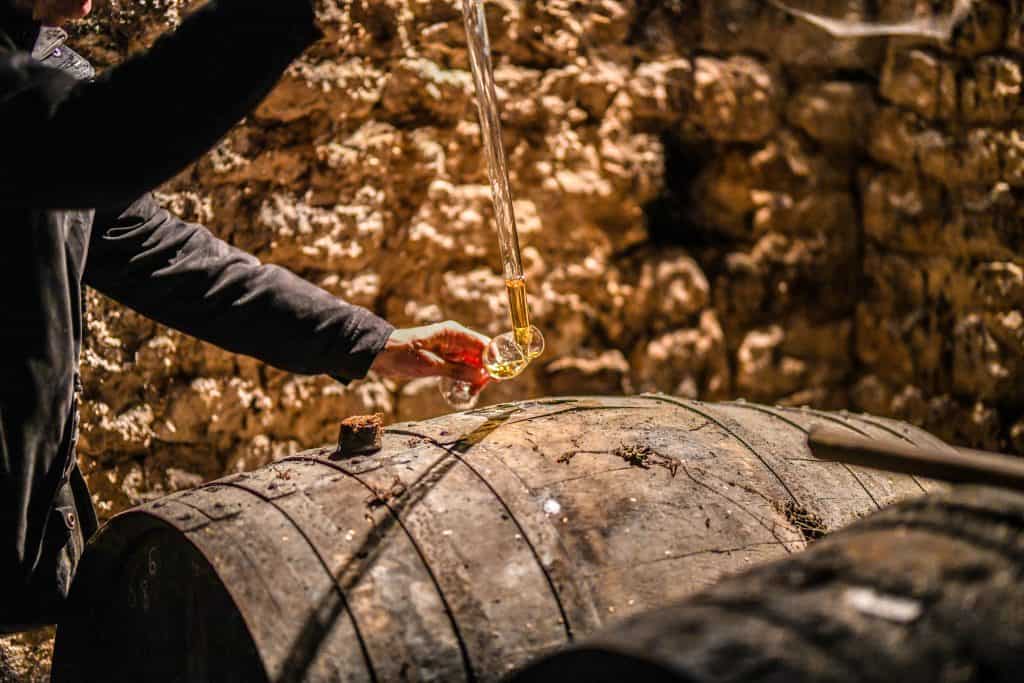5 Things You Should Know About the Region of Cognac
The only rootstock found in the world that was immune to phylloxera was discovered in Denison, Texas. Phylloxera was a pest that found its way to the region in 1875, which was originally from North America and decimated the vineyards in Charente (Cognac). By 1893 it had left only 40,000 hectares of vines, these were the areas where the earth contained sand and other minerals that the insect didn’t like. Due to the grafting of the American rootstock, many of the traditional vines became harder to cultivate and it was at this time that the resilient Ugni Blanc grapes became the prominent varietal for cognac production and now account for around 90% of cognac production.
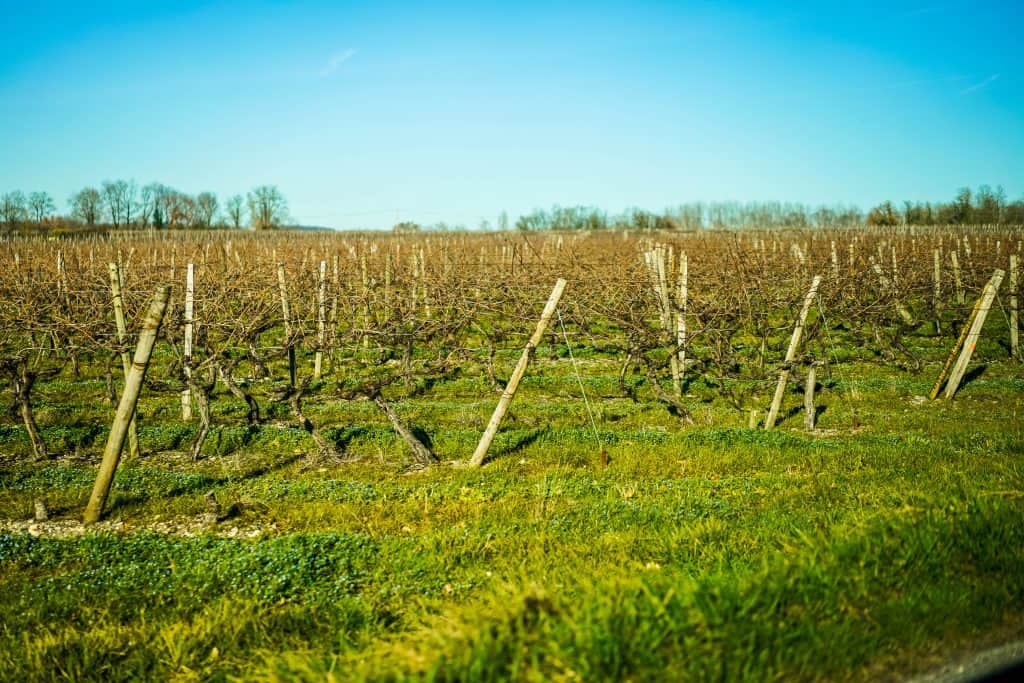
The discovery of cognac we enjoy today is all thanks to the Dutch and their love for French wines back in the 17th century. For centuries the Dutch had been traveling by ship to the region of Charente to purchase salt and would frequently (almost always) they would also purchase some of the famous wines from the region to take home. This trade really boomed at the end of the 16th century and this caused a slow degeneration in the quality of the wines being produced. After the long journey home the wines were not fit for consumption and the Dutch began distilling them in order for them not to go entirely to waste. At the beginning of the 17th century, some smart Dutchmen decided it would be best to teach their distillation methods to the French and in turn, the quantity of liquid being shipped was concentrated and therefore much cheaper to ship. The French, of course, took it upon themselves to improve their distillation methods and over time developed the double distillation method that is used today. It was because of the long sea voyages home where the eau de vie was resting in the wooden casks made from the trees in the Limousin Forest that they realized the product improved substantially and cognac was born.
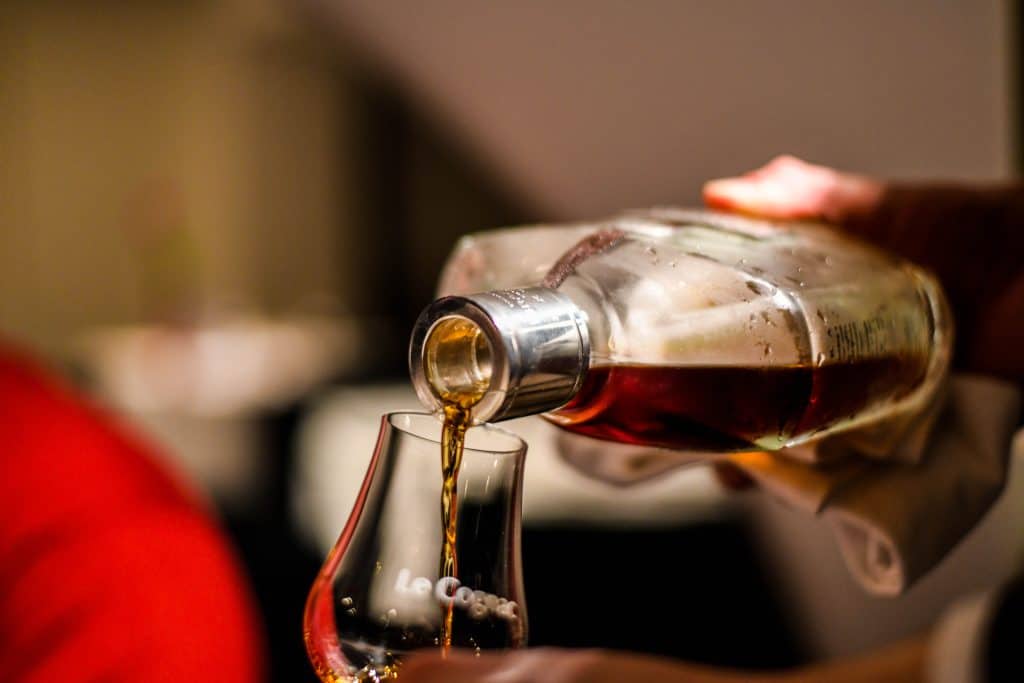
There are only 6 Crus (growing areas) where cognac can be produced. 6 Cognac can only be produced in the 6 designated Crus, which have been recognized as the Origine Controlée Cognac (AOC) and is made up of nearly 200,000 Acres. These 6 areas all have their own personality and cognacs usually use a number of eau de vie from different crus to get the right balance. For instance, the smallest and most renowned is the Grand Champagne cru that is right in the middle of the region and has quite a chalky soil. In complete retrospect, this is the largest cru, Bons Bois where the earth is a mix of sand, limestone, and clay and even though the same grapes are harvested here they have a completely different flavor once distilled.
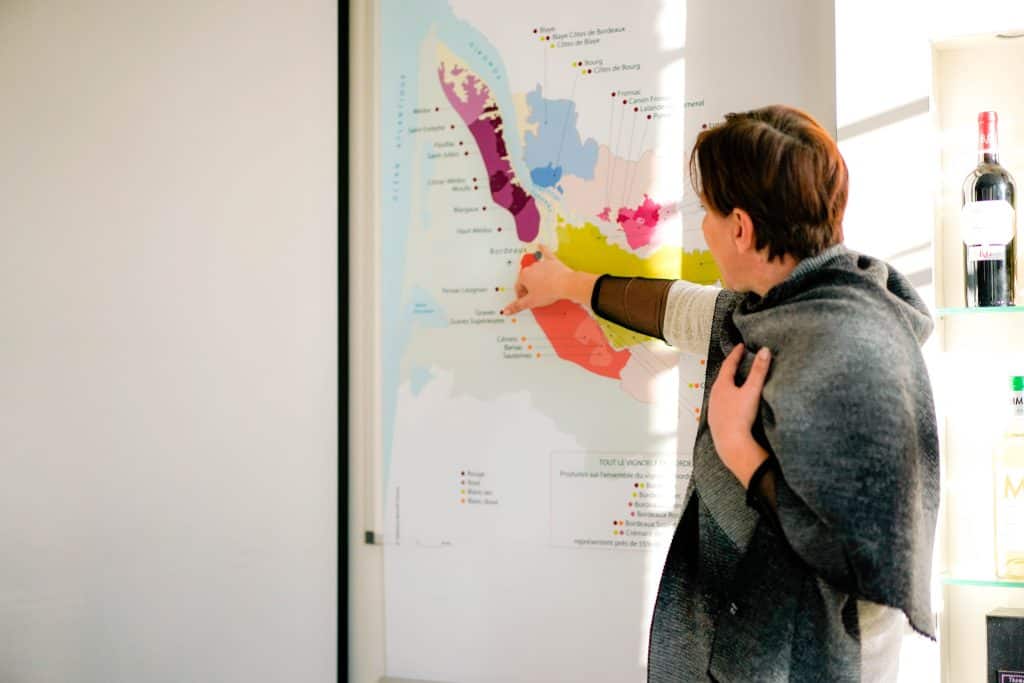
There is a small window of time when cognac can be distilled. I had always assumed you could distill cognac whenever you wanted as long as the quality was up to scratch, but on my trip, I learned that immediately following the harvest (usually in October) cognac houses only have a limited window during which they are able to turn the grapes into wine and then distill into eau de vie. Once March 31st comes around any wine that has not been distilled can no longer be used for that year’s production and usually ends up in a different local product.
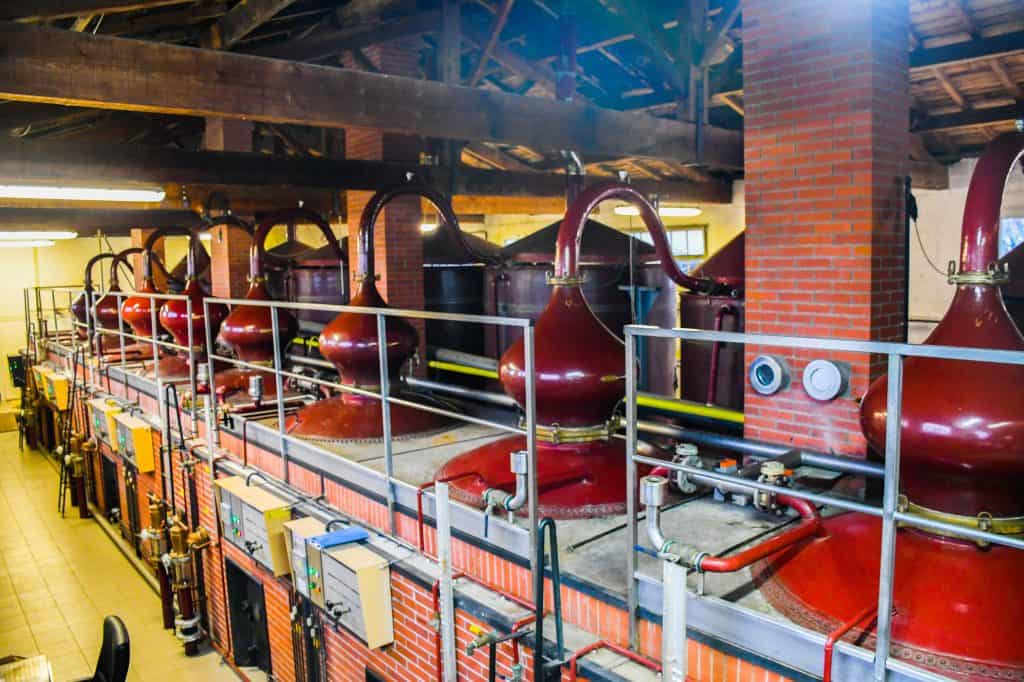
XO cognacs must be aged for a minimum of 10 years. Everything you ever read about cognac says that the minimum age of cognac in a bottle of XO is six years, and they are all correct. Well, up until now they have been, but as of April 2018 that is all changing and the new minimum age in a bottle of XO cognac will be ten years. Don’t worry though, because the Napoléon term that was previously not officially recognized will be filling the gap so there is still a designation for cognacs with a minimum of six years. There won’t be a recall though, so next time you’re splurging for a bottle of XO cognac it might be a good practice to check the bottling date to make sure you’re getting what you want.
